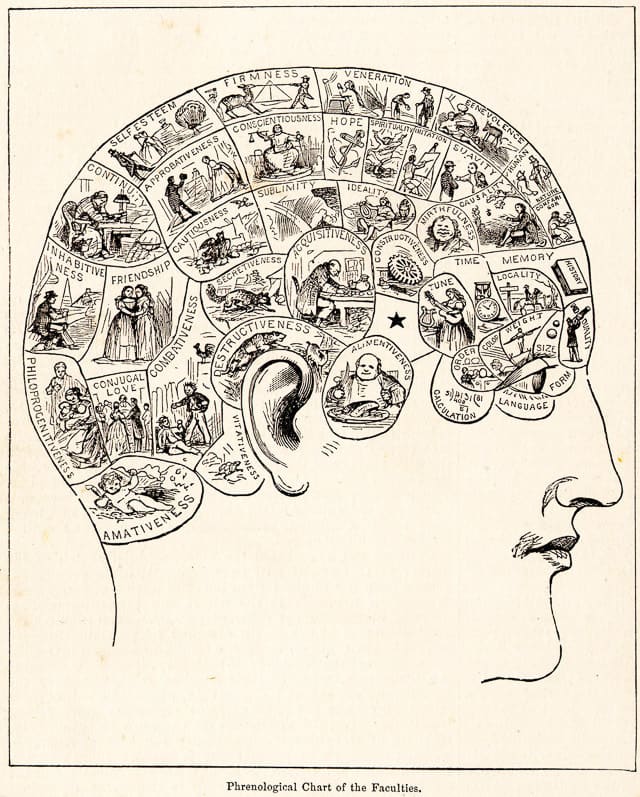 Our class begins with a review of the Sam Wineburg reading and TEDEd flipped lesson Who is the historian in your classroom? That will also provide a chance to discuss the efficacy of flipping content. What are the challenges and opportunities for that approach?
Our class begins with a review of the Sam Wineburg reading and TEDEd flipped lesson Who is the historian in your classroom? That will also provide a chance to discuss the efficacy of flipping content. What are the challenges and opportunities for that approach?
Today we begin our study of historical thinking skills based on the work of Sam Wineburg and the Stanford History Education Group (SHEG). We will focus on three key skills – Sourcing, Contextualizing and Corroborating. See historical thinking chart (pdf at SHEG).
We will practice our historical thinking skills using a shared Google Doc – Japanese Incarceration and a shared Google Form – Zulu Chief Photograph.
It will give us a chance to compare both formats for delivering a lesson. (Note: While we could have done either as a hard copy worksheet, this activity gives us a chance to work with a two Google tools.)
Assignment for Class 5
You will each design a historical thinking mini-lesson based on the two sample lessons we did today. Both demonstrate Beyond the Bubble assessment model. All mini lessons should constructed as either a Google Doc or Google Form. (Note: a source video can only inserted into a Google Form).
See completed student work here SHEG-16
Students should be prepared to “teach” a brief lesson. (E.g. Introduce their lesson as they might to their class).
Video tutorials: Using Google Docs | Using Google Forms
More on Google tools in our edMethods Toolkit
- Title
- One or more historic documents. Could be text, image, video.
- Source information and URLs for all documents used.
- Introduction and background as needed.
- Questions.
- Instructional goal that indicates one (or more) of the historic skills to be studied – Sourcing, Contextualization, Corroborating.
- How you would expect a proficient student might answer the question
Need some historical content for your lesson?
Check out our edMethods Toolkit-Finding Documents
Image credit: Phrenology diagram Wikipedia
Source From People’s Cyclopedia of Universal Knowledge (1883)
